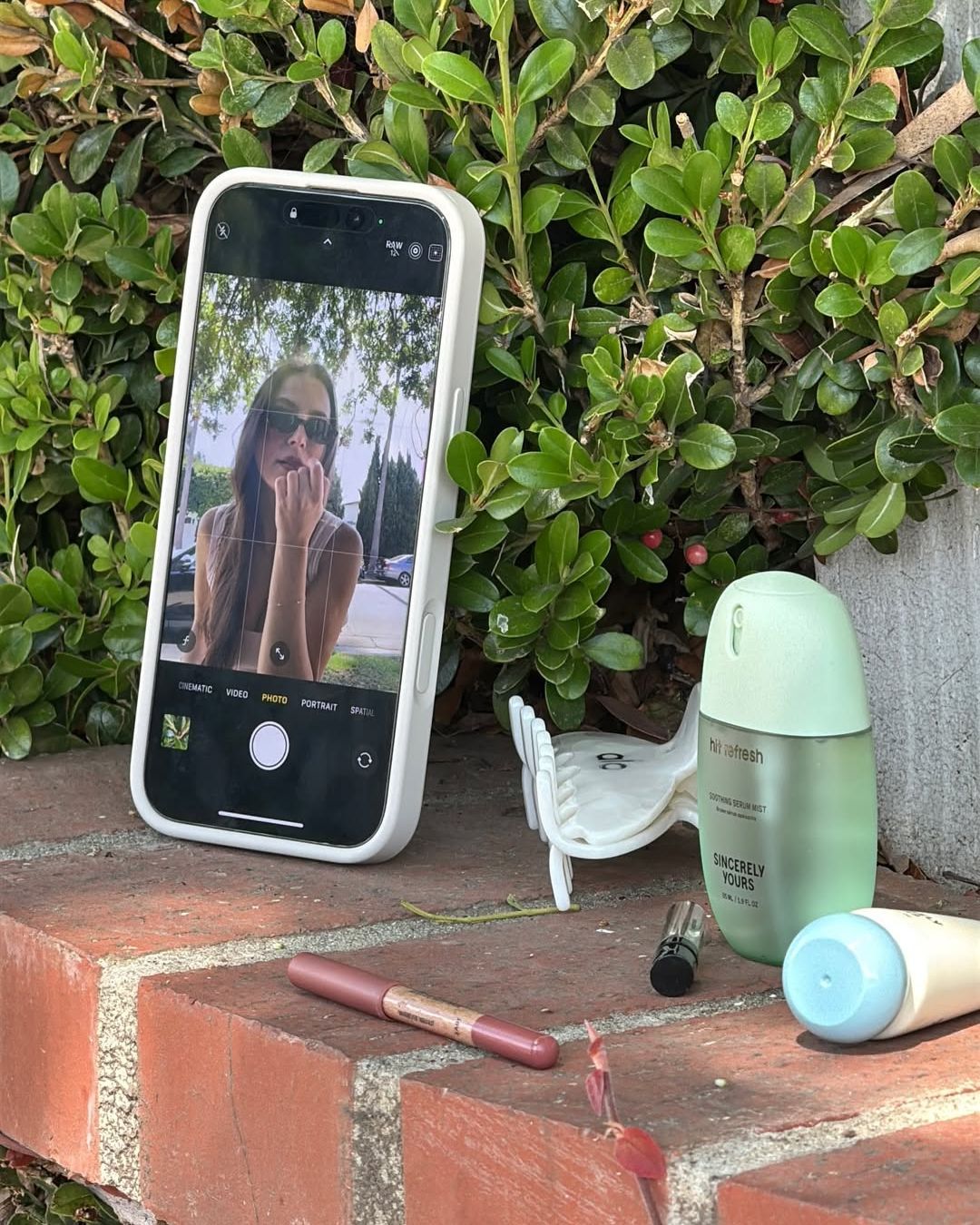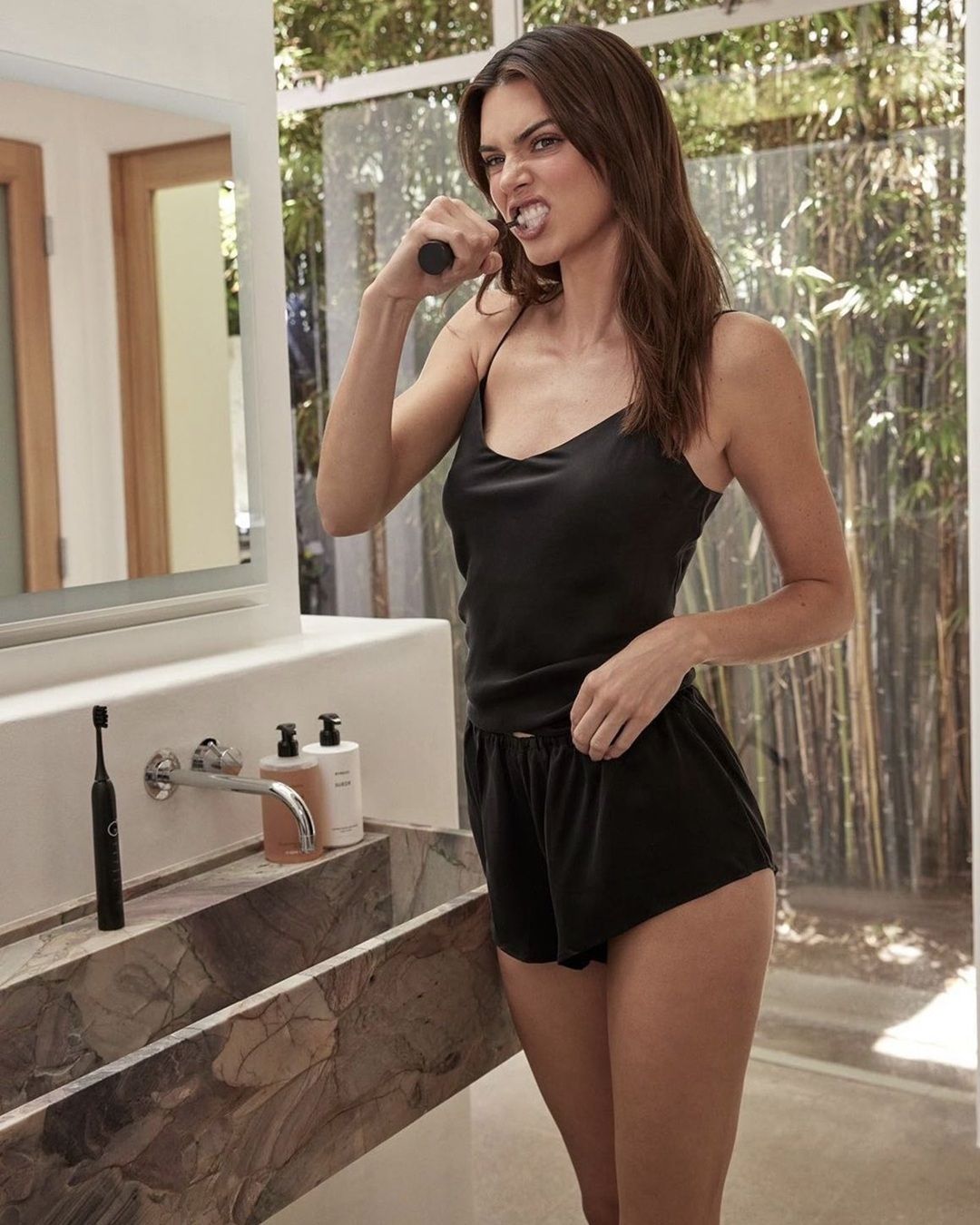
The evolution of tanning in female aesthetics Shades of complexion changing with social developments
Some were a little alarmed in a good way when among the thousands of booms launched on TikTok came the Sunburn Blush, i.e., the sunburn effect on the face given exclusively by the generous application of cream blush and a clever play of powders. Wise choice that of the generation that dictates the laws of the moment, and that would now prefer a fake tan, given precisely by a generous layer of makeup or a conspicuous use - but artfully done, after a scrub - of self-tanner. Why Gen Z, compared to its older siblings, is rather averse to UV rays, and exposes itself to the sun with a generous layer of high SPF well smeared on it, hinges on the realization that basaliomas and, in the worst cases, melanomas of the skin are indeed dangerous, by dint of being told again and again that they should put on cream and not bathe after eating. An alarm that has also come from the society we live in, where there is more and more talk about the burden of global warming on the skin as well, combined with other insidious threats such as fine dust and blue light, the cause of cellular aging and early wrinkles. In short, now being a shade more golden than one's skin color no longer seems to be a major concern of vacationers. Accomplice, too, is the Bridgerton era, which has made women somewhat back to being eager for a regal complexion, and to look like noblewomen walking around town with chic sun-protective umbrellas. But either way: tan fan or not, the important thing is to use the proper precautions (and we also refer to not overdoing it with self-tanning, before you look like Anne Hathaway in her Bride Wars movie days).
Tanning is perhaps the most debated trend of all time, which can be associated for that matter with the socio-cultural changes in our society, originating as the distinguishing feature of the social classes in Ancient Rome. Until the Industrial Revolution, those who tanned worked in the sun all day, like farmers and laborers, not stood under a Bridgerton-style parasol. Therefore, until the early 1900s, tanning was seen as unladylike and paleness was a clear sign of economic well-being. Pallor, which, if you notice, was always painted by painters, that's why even Botticelli's Venus, who lives in a shell on the water, has porcelain-colored skin, not golden. Entering the twentieth century, thanks in part to Professor Niels Finsen's discovery that lupus vulgaris could be treated with ultraviolet light, according to his science of phototherapy based on vitamin D deficiency in the body, the upper classes began to see sunlight as a health ally. Instead, what caused a stir was Coco Chanel, who first, in the 1920s, unknowingly started the trend of the face we now call "sun-kissed," precisely because, when she was on vacation between Biarritz and Deauville, destinations where she also opened her first boutiques, she loved to sunbathe her face a little, never tanning her hands, which a noblewoman always had to keep white to be considered so.
The turning point after World War II
The bonne mine complexion, or rosy cheeks, became synonymous with good health. It was a trend that, unfortunately, began because of the concentration camps, where women, in order to appear healthy and be able to survive, used to paint their cheeks with a hint of blood before routine checkups. This was because, in the years before the war, having a rosy complexion-as Sunburn Blush teaches today-was already synonymous with good health. It was a trend that evolved, until it exploded, in the 1970s, continuing in the 1980s with the creation of Solariums. In fact, women in the golden years of the hippie movement liked to turn themselves into beach lizards, even giving up their lunch break in order to get all the sun they could possibly and imaginably get and return home with charcoal-colored skin. A situation that increased precisely in those women the risk of melanoma, as well as the formation of spots and early wrinkles. A dermatological situation that always hangs by a thread because of the sun, which today so worries younger people (after all, the Ys are the parents of the Xs). Millennials have gotten smarter: it is good to sunbathe for a vitamin D booster but with proper protection, avoiding the hottest hours for exposure, for example. The Zetas, for their part, have refined the technique even more, opting for ploys, such as smearing glitter oil on the body to boost skin tone or giving in to Sunburn Blush make-up, complemented by touches of self-tanner and artfully created freckles with a special pencil, to give the idea of a healthy, natural complexion. The moral? Today we are free to choose whether or not to tan, whatever our skin tone, and without necessarily having to follow a trend to be accepted by society. So to each his own tan, as long as it is responsible.
























































